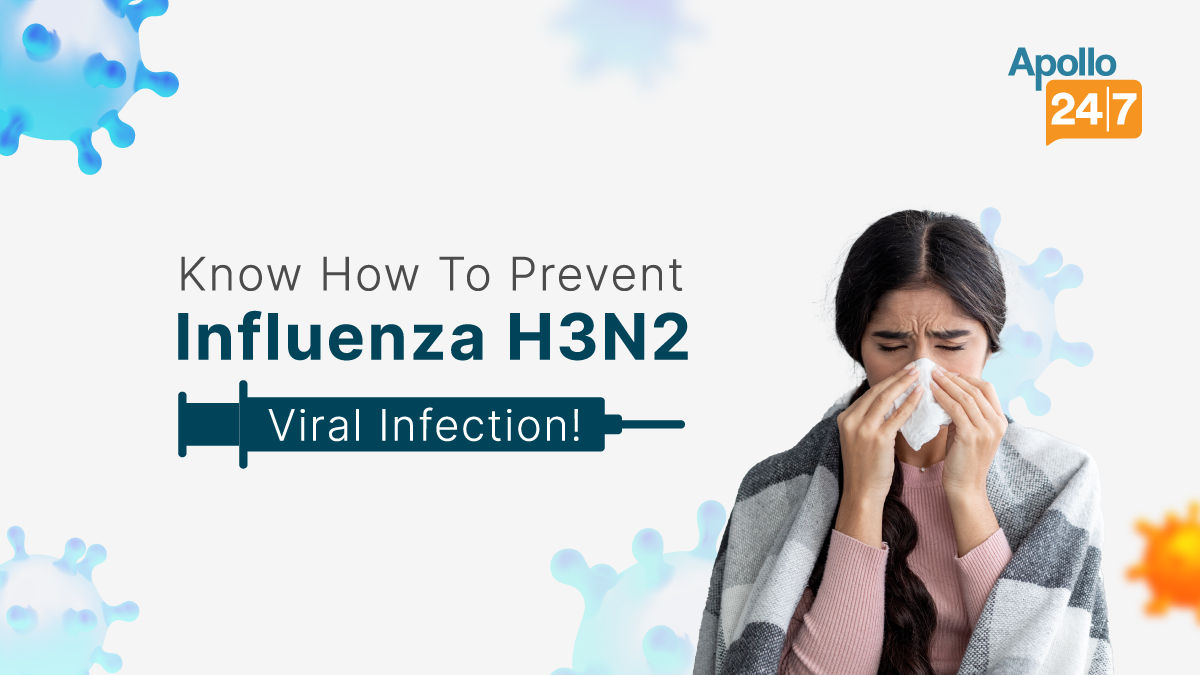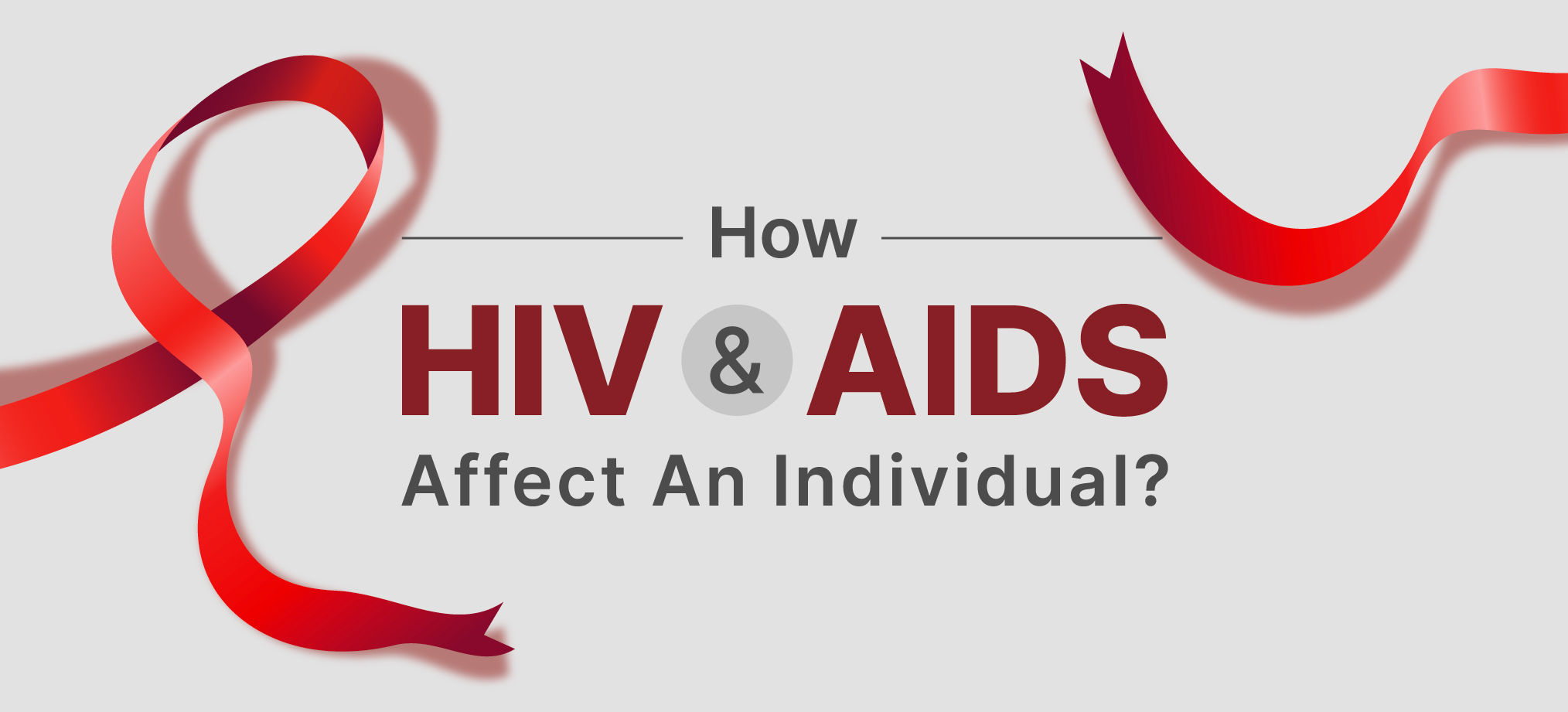General Health
All About Influenza A Subtype H3N2 Virus - Symptoms, Prevention & Treatment
3 min read
By Apollo 24|7, Published on - 06 March 2023, Updated on - 20 June 2023
Share this article
0
55 likes

It seems like there’s no end to viral attacks! Just at a time when things were looking bright, transitioning weather and increasing pollution levels joined hands to bring in the Influenza A subtype H3N2 virus in the country. While cases of this viral infection are being reported from all corners of the country since December 2022, currently the numbers have shown an exponential rise.
On March 3, 2023, the Indian Medical Association (IMA) sent out an advisory stating that the sudden increase in the number of patients displaying flu-like symptoms along with nausea and, in some cases, diarrhoea, could be due to Influenza A subtype H3N2 virus. It also advised medical experts to avoid suggesting rampant antibiotics and urged them to follow symptomatic treatments. So, if you are experiencing persistent cough or any other flu-like symptoms, it would be wise to consult a general physician at the earliest.
What is Influenza A Subtype H3N2?
The H3N2 virus was first detected in 1968 and has drastically evolved since then. There are four types of influenza virus, namely A, B, C and D, however, it’s the A and B types that cause seasonal respiratory illnesses, almost every year.
As per IMA, the H3N2 infection usually lasts for 5-7 days and the fever starts going away after 3 days. However, the coughing can persist for up to 3 weeks, hence, people should not start panicking. The Indian Medical Association also stated that this virus usually preys on individuals below the age of 15 years or above 50 years of age.
Symptoms of Influenza A H3N2 Infection
The symptoms of this H3N2 infection are similar to that of seasonal influenza or flu infection. Therefore, it becomes difficult for medical practitioners to differentiate it from normal flu, based on just the physical symptoms. Still, the symptoms you should look out for include:
- Fever and chills
- Body aches and headache
- Sore throat
- Runny or congested nose
- Cough
- Fatigue and tiredness
- Nausea and vomiting
- Diarrhoea
How to Prevent Influenza H3N2 Infection?
Self-hygiene is the best way to prevent any viral infection. Mentioned are some steps you can take to keep yourself and your family safe from H3N2.
- Wash your hands before eating and before touching your face, nose or mouth
- If you are travelling, keep your hands clean with sanitisers
- Try to avoid crowded places
- Wear masks in public places
- Avoid coming in contact with people already infected with H3N2 or seasonal flu or influenza
- Don’t forget to get the flu vaccine every year
- Eat fruits and green leafy veggies to improve immunity
Treatment for Influenza H3N2
The Indian Medical Association has advised people not to panic and avoid taking antibiotics like azithromycin and amoxicillin without consulting a doctor as this can result in antibiotic resistance. However, if anyone is infected with influenza H3N2, they can practise the below-mentioned steps to recover faster.
- Drink plenty of fluids
- Take ample rest
- Follow the doctor’s advice and medications to relieve symptoms
- Consume home-cooked, low-spice and low-fat food
- Avoid high-sugar or high-sodium food to prevent dehydration
- Take steam to relieve chest congestion
- Do warm saline gargling to relieve sore throat
As we said before, the best way to recover faster is to avoid panicking and taking random medications. If you experience any of the symptoms mentioned above, the first and the wisest thing to do is to consult a general physician. Medical professionals are experienced enough to understand your case and provide a treatment plan accordingly.
Consult Apollo's Expert Doctors
Medically reviewed by Dr Sonia Bhatt.
General Health
Leave Comment
Recommended for you

General Health
Top 6 Benefits Of Drinking Hot Water
Hot water is quite beneficial for our body and helps it to work more efficiently. This article explores the top 6 benefits of drinking water alongside the ideal temperature range and some disadvantages as well.

General Health
Cirrhosis Of Liver: Symptoms, Causes, Diagnosis, Treatment, Prevention
Cirrhosis of the liver causes severe, irreversible damage to the organ, which if left untreated can result in portal hypertension, loss of brain function, enlargement of oesophageal blood vessels and even liver cancer. However, with early diagnosis, you can prevent the condition and ensure complete liver health.

General Health
Can A Person With AIDS Lead A Normal Life?
New HIV diagnostic tools, HIV treatment & prevention methods, and technological advancements to treat HIV have significantly improved the outlook for those living with AIDS. Read to know more.
Subscribe
Sign up for our free Health Library Daily Newsletter
Get doctor-approved health tips, news, and more.
Visual Stories

The Best Exercises for Controlling Blood Sugar Levels
Tap to continue exploring
Recommended for you

General Health
Top 6 Benefits Of Drinking Hot Water
Hot water is quite beneficial for our body and helps it to work more efficiently. This article explores the top 6 benefits of drinking water alongside the ideal temperature range and some disadvantages as well.

General Health
Cirrhosis Of Liver: Symptoms, Causes, Diagnosis, Treatment, Prevention
Cirrhosis of the liver causes severe, irreversible damage to the organ, which if left untreated can result in portal hypertension, loss of brain function, enlargement of oesophageal blood vessels and even liver cancer. However, with early diagnosis, you can prevent the condition and ensure complete liver health.

General Health
Can A Person With AIDS Lead A Normal Life?
New HIV diagnostic tools, HIV treatment & prevention methods, and technological advancements to treat HIV have significantly improved the outlook for those living with AIDS. Read to know more.
